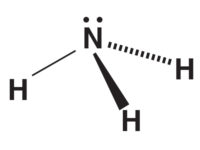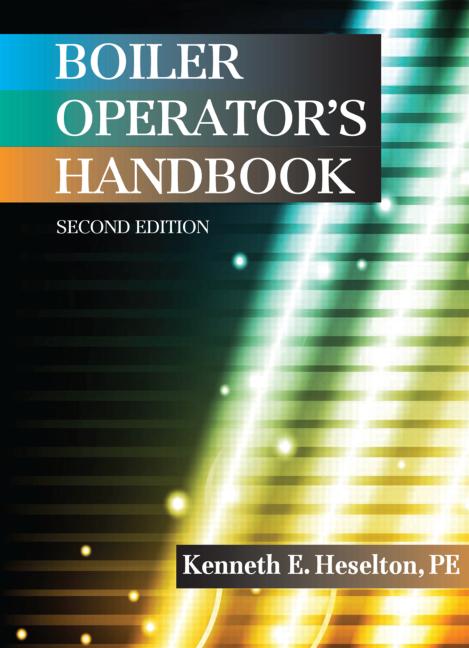To continue the design engineering of equipment rooms, we move on this month from chiller plants to boiler rooms. Last month’s topics of traffic control, ventilation, emergency ventilation, hazardous floor conditions, and water hazard considerations all apply in a boiler room, too, as we continue with other equipment room issues and concerns.
- Traffic control. The same design concept noted last month applies to boiler rooms and should also include the ability to drain a boiler down without creating a drainpipe tripping hazard in the passageway. In addition, there will usually be a need to cool water blow-down from the hot boiler and/or hot water blow-down from a steam boiler.
- Ventilation. A boiler room needs adequate air ventilation for general IAQ, as well as combustion air to the boiler burner. In addition, gas fumes from any gas leak must be allowed to vent to outdoors so as to avoid hazardous gas build-up. Along with gas ventilation code requirements for boilers, there is a need to provide relief-vent piping from specific gas-regulating valves. These vents should pipe directly to the outdoors while not terminating in the vicinity of an air intake louver or an operable window.The designer should also take into account the routing of water pipes that might freeze should they be installed in the vicinity of any outdoor air grille. Often, boiler room ventilation ducts will terminate approximately a foot above the finished floor, and cold air will simply enter and naturally stay at floor level. This same cold air can migrate around a pipe that has water in it, resulting in the pipe freezing.
- Emergency ventilation. There are codes that don’t allow a boiler with an open flame located in the same room with a chiller with refrigerant because a refrigerant leak may create a fire hazard when a boiler is operating. Many engineers will overlook this detail and have a refrigerant relief pipe exhaust within the boiler/chiller room when it should be terminated outdoors.
- Hazardous conditions. The same design concept noted for chiller rooms applies to boiler rooms, along with the fact that boilers can give off a fair amount of heat within the room, often creating an excessively hot room environment for its occupants. Other pieces of equipment that give off heat gain to the boiler room are deaerators, boiler feed tanks, condensate receivers, and flash legs, along with pipe distribution inside the boiler room. Of course, all equipment and pipe should be insulated, but the engineer needs to remember insulation retards heat loss to the space and does not eliminate all heat gain that can contribute to a hot room.
- Fuel oil storage tanks. The designer should always be cognizant of where heavy trucks will be passing by the boiler room, so that any buried tank does not experience the weight of the truck passing over it. Often a structurally designed concrete mat, flush with the street surface, can avoid the potential for tank damage by distributing the weight above the tank.Another engineering concern is the potential for a fuel oil leak. With the buried tank “out of sight and out of mind,” damaging toxic fuel can contaminate the soil before the boiler room operator realizes there is a fuel leak. Consideration must be given to the ground water level, tank material, and underground leak monitoring when placing an oil tank outdoors below grade.
- Noise. There are regulations for how long an individual can be exposed to equipment; also, the duration an individual can be in a noisy equipment room. This requirements applies to chiller equipment rooms, as well as to boiler rooms. PPE (personal protective equipment) should always be used where needed/required, and it never hurts to be overly protective, using PPE even when the ambient environment meets code.
- Serviceability. Both boiler plants and chiller plants may require access at one end or both ends of the equipment so the designer should show “tube removal” on the construction drawings to lay claim to the space so that other equipment and/or pipes are not in-stalled and obstruct the removal of the internal, lengthy tubes when needing to be replaced. The engineer should also take into consideration what is required to open a tube bundle door or to remove the flanged tube bundle end cap(s). These access panels can weigh upward to 200-300 pounds, and thus some sort of rig should be provided as part of the contract to allow the service technician to remove flanged devices.
While the design engineering of a boiler room has many similarities to the design engineering of a chiller plant equipment room, both applications have specific requirements that I’ve only touched on in these two columns. Next month, we will focus on air-handling/fan rooms, which share some of these common concerns but which also have some specific requirements of their own.






